The work of David Urbanke isn’t simply for casual viewing; it gently takes you by the hand, pulls you closer, and invites you into his world. From the warm, embracing tones to the soul-piercing eyes of his subjects, don’t be too surprised when you find yourself staring at his photographs for hours. Each image tells a deeply personal and universally resonant story, creating an emotional connection that lingers long after you’ve looked away. Urbanke is a highly sought-after portrait photographer among A-list celebrities and major editorial publications, thanks to his ability to capture his subjects’ essence, transform ordinary moments into profound visual experiences, and make you feel as though you’re witnessing something uniquely intimate and powerful.
Reflecting on his beginnings, David mentions, “When I first started my photographic journey, most of my images were shot in nature, and I always enjoyed creating a sense of peace in my work. I loved losing myself in photography and used it as a way to forget the anxiety and chaos of day-to-day life. Over the years, I’ve fallen more into studio portraiture, and I aim to bring the same approach with me—still focusing on a relaxing feeling in the majority of my photographs.”
The ability to connect with one’s subject, making them feel comfortable and giving them the space and time to open up, separates an incredible portrait photographer from one who’s just okay. Breaking down the barrier between photographer and subject is essential to creating dynamic and intimate portraits, and it’s something that Urbanke does with ease, transforming a formal shoot into one of creative collaboration and self-expression. “It’s really important to me that the subject I’m photographing feels comfortable in front of my lens,” David explains. “I do my best to get to know whomever I’m photographing on a personal level and give them a sense of ease. I usually find myself talking to the person I’m photographing through most of the shoot—creating a flow of back and forth between casual conversation and giving posing pointers. Creating an environment that feels less like a photoshoot and more of a place of self-expression for the subject is my goal. Authentic moments are just what they sound like, and I aim to set the stage for those to happen and then capture it.”
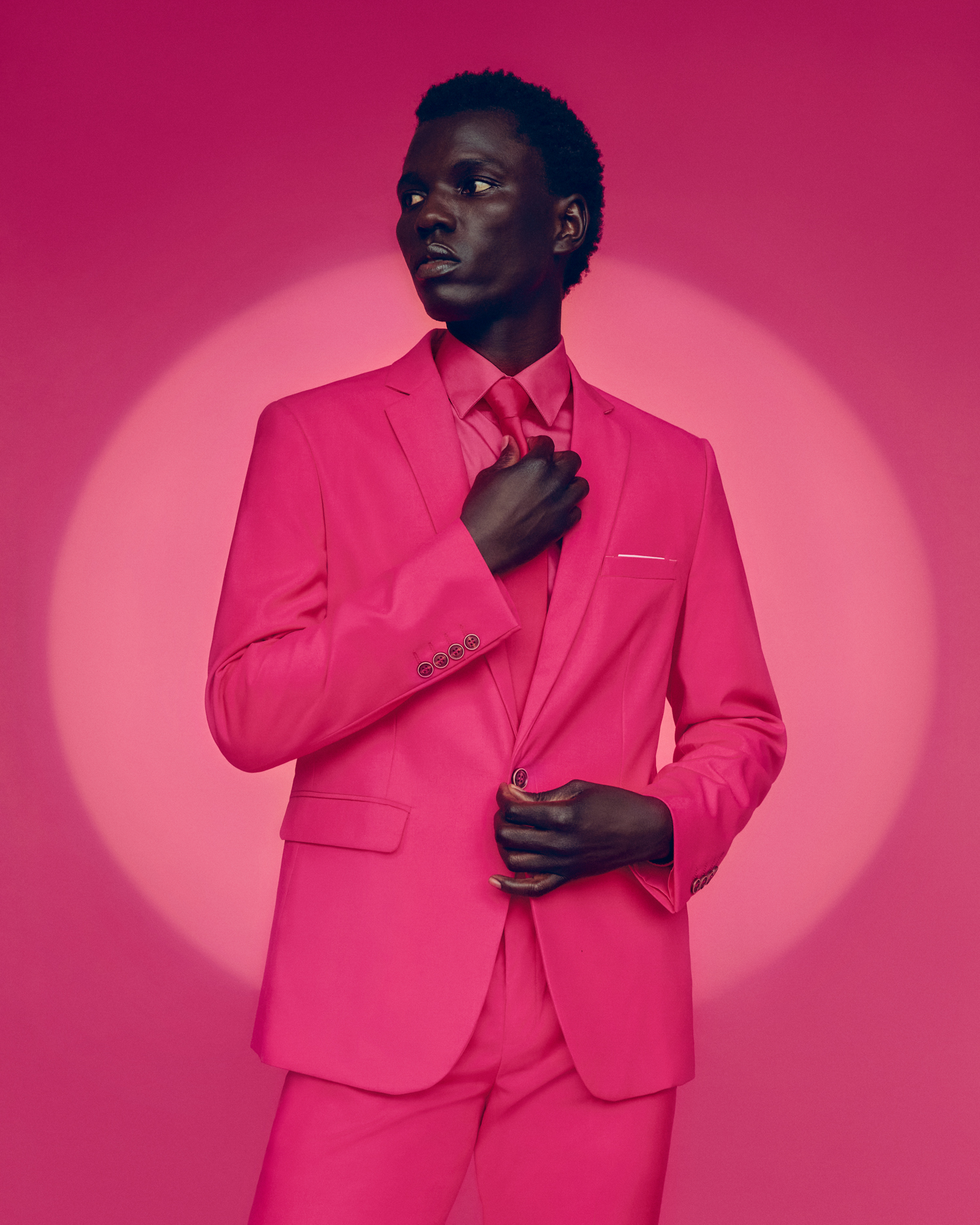
Creating authentic moments might sound like just turning the camera on and letting the shoot unfold naturally. However, much planning goes into conceptualising and preparing for a portrait session. Everything from booking a subject, finding a venue, securing the correct gear, setting up the shoot, configuring lighting, selecting props, and styling the subject—all these things need to occur before one is even close to being ready to click the shutter.
“My creative process for portraiture ranges a lot from project to project,” says David. “I often know who the subject will be and base my concept around them and the mood that is being created. I’ll ask myself a few questions: What feeling am I looking to achieve from these images? What colour palette and tones will I be working with? What type of lighting can I play with that will be interesting and portray the subject as their best self? Ahead of a shoot, I normally create a mood board that covers these questions—but it’s also important to leave room for flexibility. I’ve done so many shoots where the inspiration comes in the moment; an outfit provided by the stylist leads to a new vision, or the subject’s energy inspires me to take a new direction. Some of my favorite work has been created by a spontaneous decision on set, so I’d say it’s very important to follow your gut and impulses.”
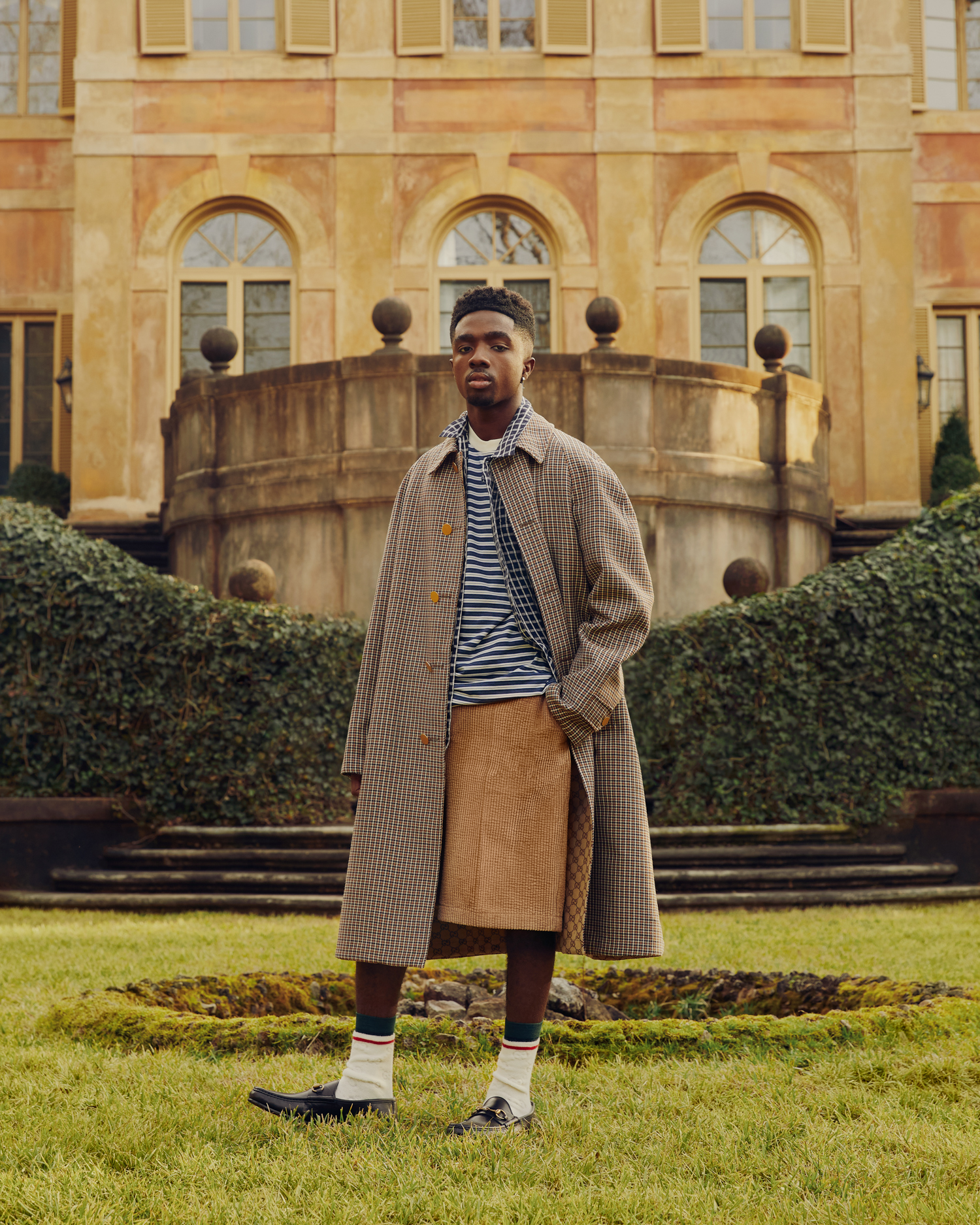
Collaboration is such an essential part of Urbanke’s creative practice. Creating beautiful imagery is so much more than just clicking a button. There are set designers, stylists, makeup artists, art directors, and more. Learning to work with all these creative people and creating a cohesive and collaborative space is essential to a successful photoshoot. Speaking about his perspective on collaboration, Urbanke notes, “Collaboration is a beautiful thing. One of my favorite parts is how everyone involved can have their unique ideas to bring the same vision to life and find the synergy to create a final product together. Ahead of a shoot, I love putting together a mood board with the direction I’m going in and then sharing it with the team to see what their thoughts are. From there, we usually collaborate and bring all our ideas to the table.”
One of the things that stands out significantly about the beauty and softness of Urbanke’s photographs is his use of lighting. Urbanke’s warm, comforting tones and distinctive aesthetic stem from his deep understanding of lighting and its interaction with different skin tones and environments. This is a nuance that not every photographer, even some of your favourite Vogue cover photographers, gets right. For Urbanke, lighting is a crucial element of his photographic approach. It is essential for him, his creative team, and his subjects to achieve the correct mood and atmosphere for the art they’re creating.
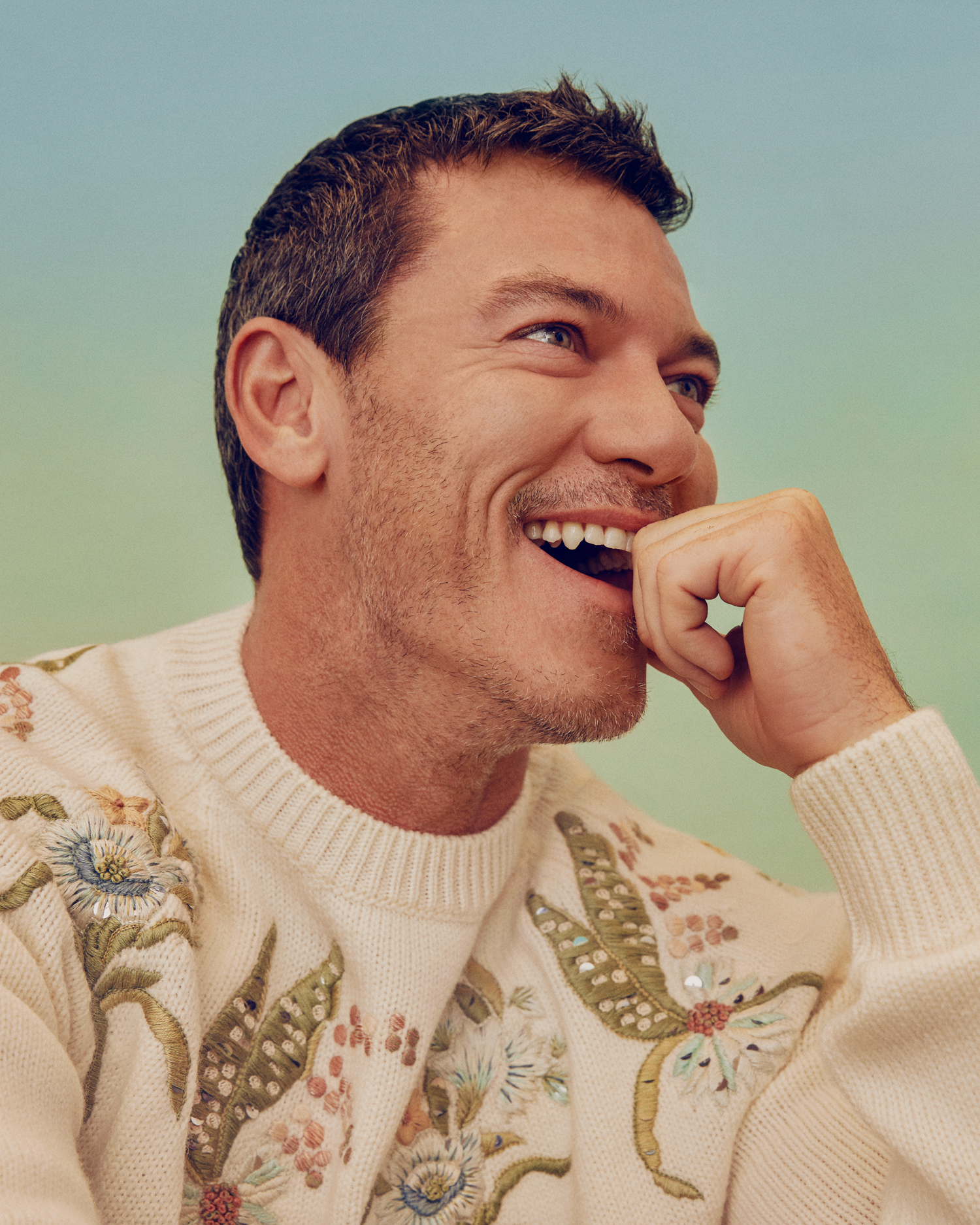
“I started without access to any lighting equipment or gear, so it was just my camera,” David recalls. “Working like this at first was super experimental and undependable, leading me to discover what I did and didn’t like. Overall, I tend to favour softer lighting and shooting a bit underexposed to add to the mood of an image. I work a lot with colour and love the unexpected tones this can add when working with a bright palette. Even when working with harsher shadows, I generally diffuse them a bit for a dreamy effect. It’s key for me to keep in mind skin tones when I’m working with lighting setups. I like to portray skin tones as accurately as possible, bounce lights indirectly, and use diffusion to create a natural effect.”
Photographing high-profile individuals, especially when photographing them for editorials or publications, often comes with its own set of pressures. These individuals often have very tight schedules, so capturing their portraits and ensuring the images are up to standard for the photographer, the subject, and the publication has to occur within a pretty small timeframe. All these moving parts and inputs from creative teams can influence the atmosphere on set and sometimes even the direction of the shoot. Urbanke maintains that it doesn’t matter who he’s photographing, famous or not, he strives to make his subjects feel completely comfortable on set. “I want whoever I’m photographing to feel comfortable in front of my lens and leave the session feeling that they were seen. In addition to getting to know who I’m shooting with, I also do my best to open up to the person and give them a sense of who I am to establish more of a comfort level. One of my favorite experiences was photographing actress Maggie Q at her home in Los Angeles for L’Officiel. When working on shoots with higher-profile individuals, I often feel that I need to prove myself or earn the person’s trust. Maggie was so welcoming and it was such a special day hanging with her and her dogs. On days like this, I forget that I’m even working.”
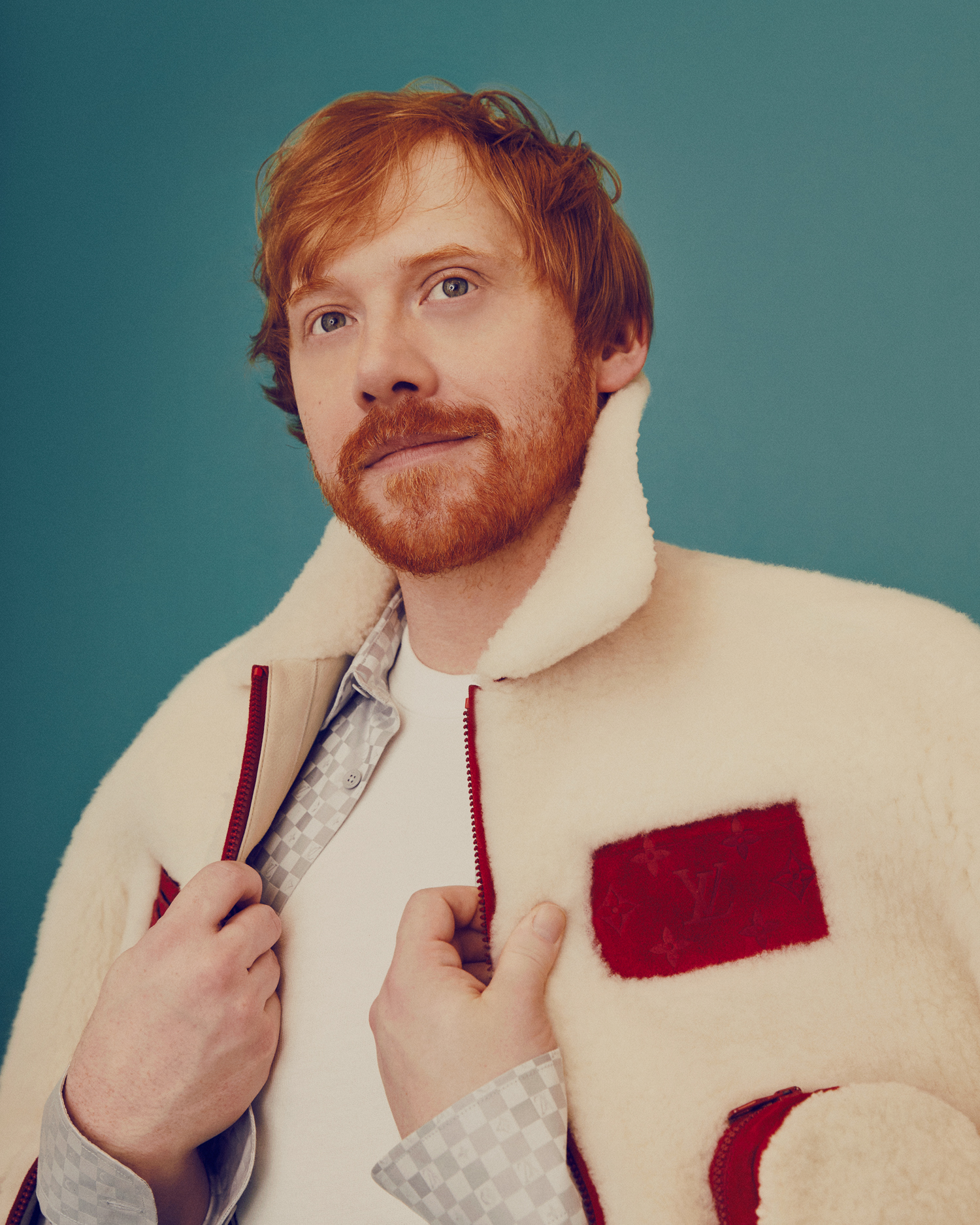
Throughout his career, Urbanke has photographed many inspiring individuals, including his role models and on-screen child actors who have grown up alongside him. There’s a saying that one shouldn’t meet your idols, as this can have a profound effect on you, negative or positive. According to Urbanke, meeting people who have been influential in his life has mostly been a positive experience. “I have been really fortunate to meet and photograph so many inspiring people over the years. A special one was working with Rupert Grint last year for Bustle. Rupert is known for his role as Ron Weasley in the ‘Harry Potter’ films. As I grew up, the cast of Harry Potter grew up on screen in front of me. It was pretty special to get to photograph him in an intimate setting. I feel like I got to spend some time with him on a personal level, and it was surreal.”
However, like most things in this life, you have to take the good with the bad, and the same goes for Urbanke’s experience photographing dozens of people throughout his career. Dealing with difficult subjects is part of every photographer’s job. One of the most important skills, besides learning to capture the essence of one’s subject, is learning how to work with people, particularly difficult ones with large, powerful teams behind them.
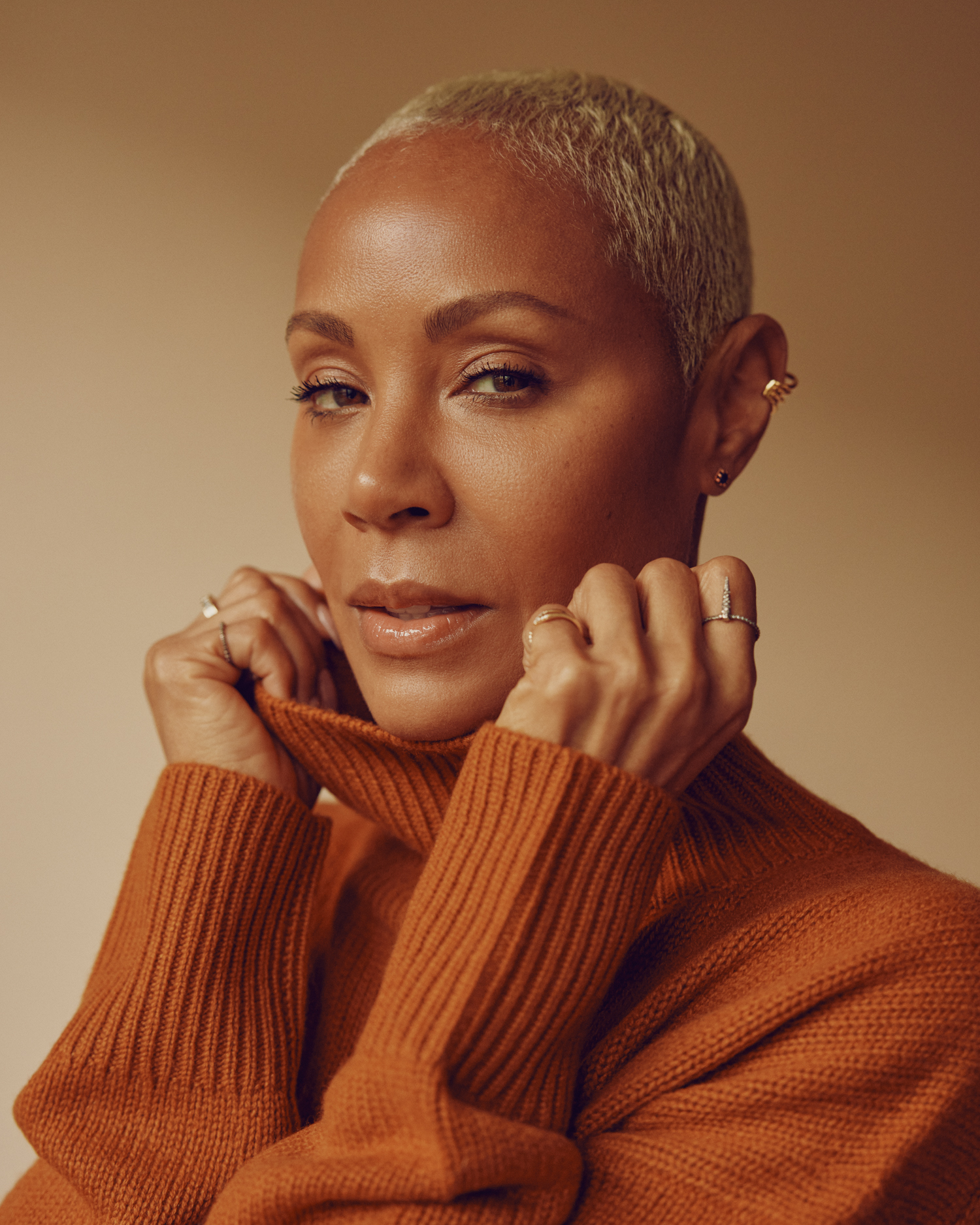
“The first challenging experience with a client that comes to mind is an experience I had where an individual went out of their way to make it known that they did not want to be doing a photoshoot,” David recounted. “It was a learning experience for me to not take things personally—and even if I did, to put my own ego aside and do the work that needs to be done. There is always something to capture, even if that person does not want to be photographed.”
Another challenge that creatives often face is whether to stay true to their artistic vision or to follow what’s popular and trending. With things like social media dictating trends and making things seem more popular and important than they really are, it can be easy to fall into the behaviour of trying to create for the ever-evolving internet culture. Urbanke notes, “While I’m inspired by a lot of the work that I see out there, I try to follow my own voice and not be too influenced by trends. When a client hires me, I usually have a conversation about how they view my work and what it is that speaks to them—this way I understand how I can better bring my voice to the table. It’s all about balance and finding a way to work with a client’s vision/art direction and bringing that to life in a way that’s organic to my vision as well.”
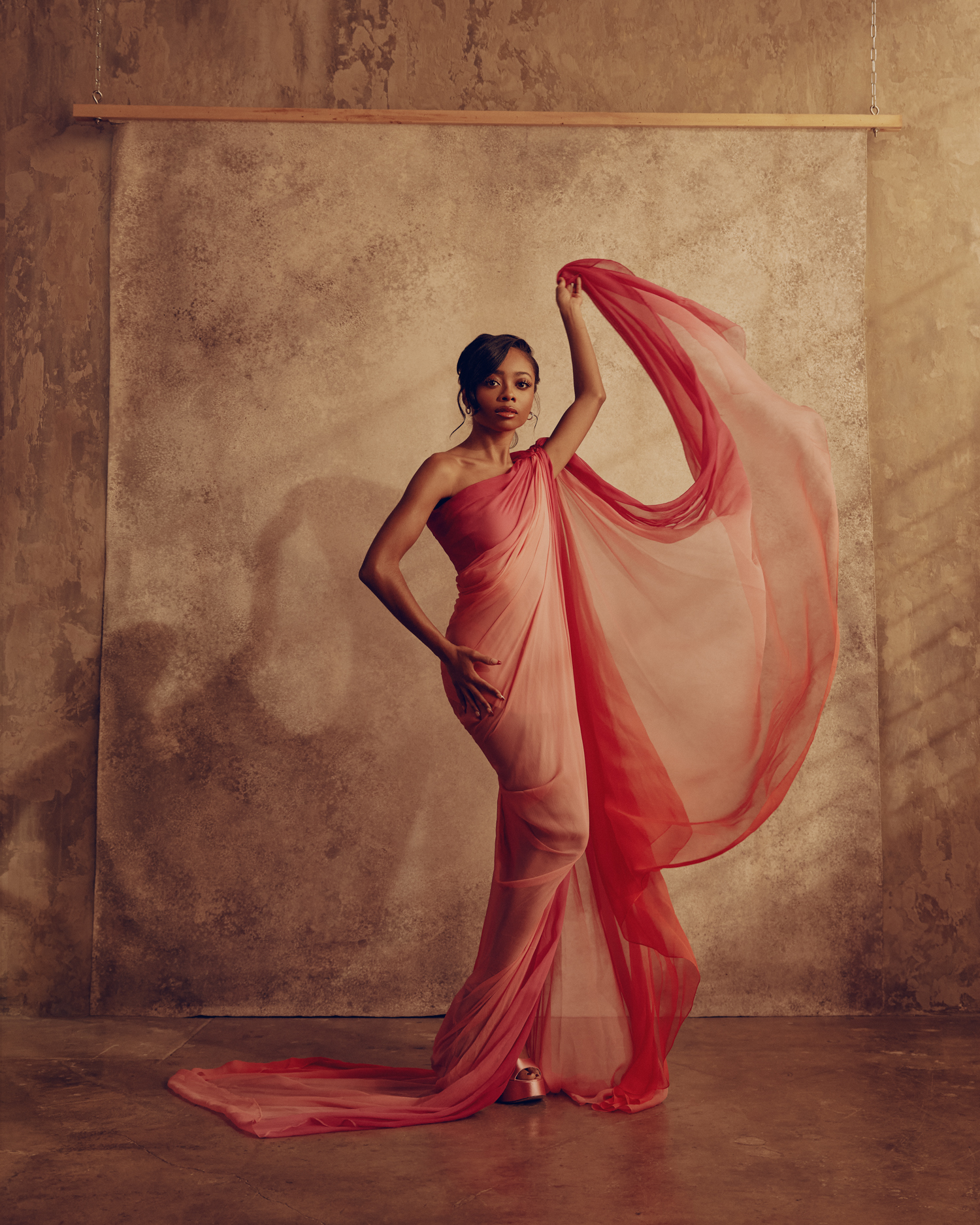
We live in an age where everyone has high-quality cameras right in their back pockets. This may be the leading cause of the ever-fluctuating trends and influences within popular culture and the photographic industry. According to some purists, smartphone photographers aren’t real photographers. However, we’ve heard similar rhetoric when mirrorless cameras were introduced and even earlier than that when the industry moved from analogue to digital. Urbanke believes that smartphone photography is great for the industry. “I actually love that everyone has a camera in their pocket nowadays,” says David. “I think it’s led to a lot of people discovering their love for photography and videography that they may not have had the opportunity to do so beforehand. Professional photography, to me, is all about having a vision and eye. Everyone’s perspective is unique, and no one can replace yours. I believe what differentiates my work is the way I interact with the subjects I photograph and my approach to colour.”
Reflecting on how far he’s come, how much the industry has changed since he started, and what advice he’d give to aspiring young photographers, Urbanke notes, “It’s important to keep in mind that you will hear a lot of opinions when it comes to your work and journey. At the end of the day, trust your gut and create the work that speaks to you. This will take you on the right path and lead you to projects that are the right fit. It may take time, but be patient with yourself and enjoy the process.”
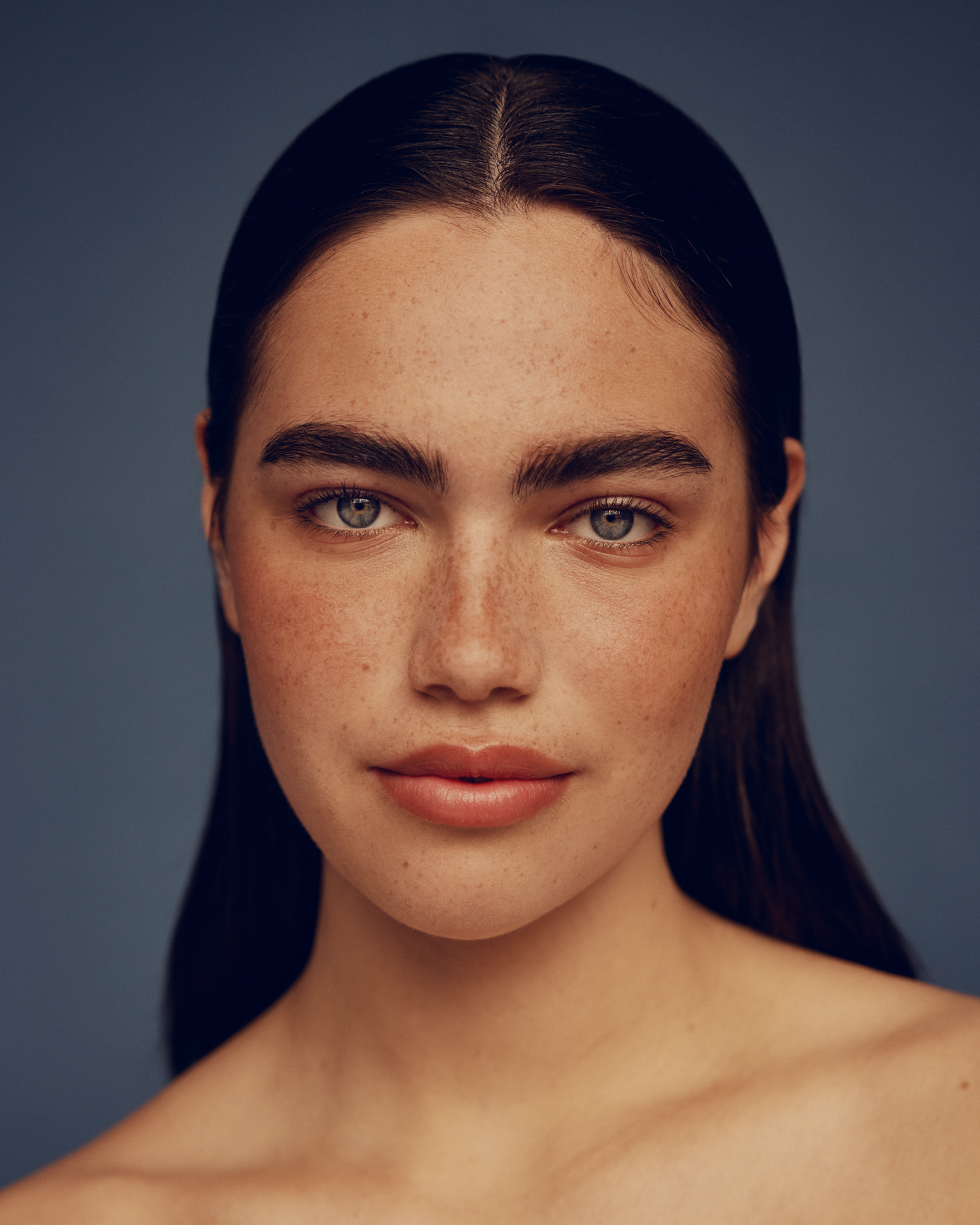
Looking ahead, David is eager to explore new dimensions in his work. “I’m currently in a place where I want portraiture to lead me to connect with more human beings that I wouldn’t have necessarily met in my day-to-day life,” he says. “I’m not sure where this is going to bring me next, but I’m excited to find out.”
